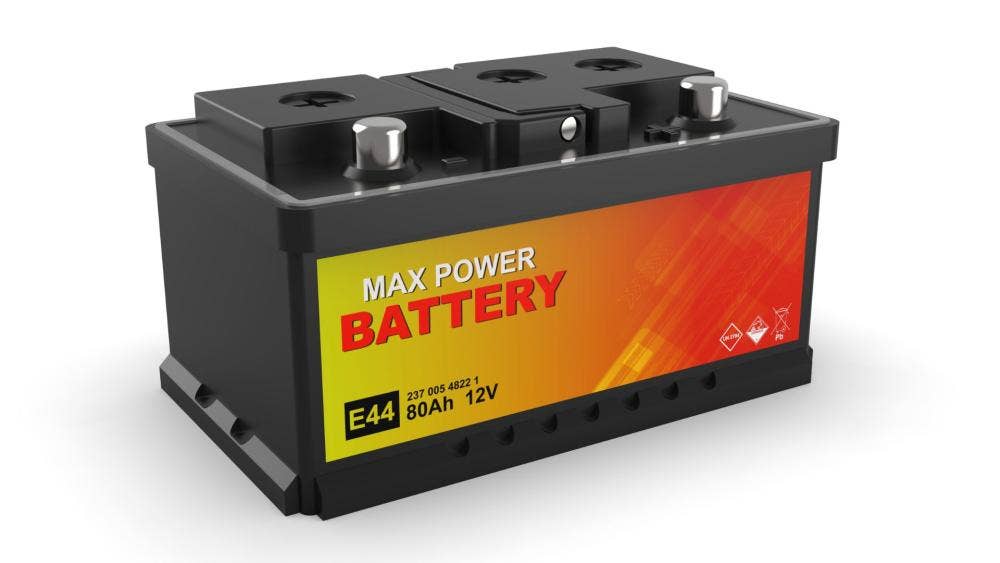Understanding electricity and power consumption can sometimes feel like learning a foreign language, especially with technical terms like watt hours (Wh) and amp hours (Ah) in play. Whether you're setting up solar panels, selecting the right battery for a cordless drill, or planning an off-grid trip, understanding Wh and Ah can save time, money, and frustration.
These measurements are essential for assessing energy use, yet they’re often misunderstood. This article explains Wh and Ah, their relationship, and their practical applications. By the end, you’ll have a clear understanding of these terms and their impact on devices like batteries, solar panels and electrical systems.
What Are Watt Hours?

Watt hours (Wh) measure the total electrical energy consumed or stored over time. They provide the amount of power used, measured in watts, and measured in hours. This is calculated as:
Watt Hours (Wh) = Power (Watts) × Time (Hours)
A 100-watt light bulb running for 10 hours consumes 1,000 Wh (or 1 kWh) of energy. For example, if you're setting up an outdoor lighting system for a weekend camping trip, knowing that your 200Wh battery can power a 20W light for 10 hours ensures you won't be left in the dark. This unit is particularly useful for assessing battery capacity and estimating the runtime of devices, such as laptops, electric tools or portable chargers, before recharging is required.
Many people mistakenly assume a higher Wh number always means longer runtime, but device power requirements and efficiency also play a big role. Misunderstanding this can lead to overspending on batteries that don't meet actual needs.
What Are Amp Hours?

Amp-hours (Ah) measure the electric charge a battery can deliver over time. Unlike watt hours, which indicate total energy use, amp hours show the available current over a set period, and are calculated as:
Amp Hours (Ah) = Current (Amps) × Time (Hours)
A 2Ah battery can supply 2 amps for one hour or 1 amp for two hours, depending on the device’s requirements. This unit is commonly used to describe battery capacity in applications like cars, power tools and portable devices. For example, a 3Ah battery in a power tool can deliver 3 amps for one hour, making it useful for estimating battery runtime in devices like cordless drills, electric bikes, and off-grid systems.
Another common misconception is assuming that two batteries with the same Ah rating will always provide the same performance. Voltage also plays a crucial role, as you'll see in the next section.
Voltage

Voltage drives electrical current through a circuit and links watt-hours and amp-hours by relating power to current:
Power (watts) = Voltage (volts) × Current (amps)
Higher voltage reduces the current needed for the same power output. For instance, a 12V car battery with 60Ah stores 720Wh (12V × 60Ah). In industrial applications, a 24V system often provides better efficiency compared to a 12V system because it reduces current draw for the same power output, minimising energy loss and heating.
This is key to optimising energy use in solar setups, power tools, and other electrical systems, allowing for efficient design and operation.
Energy Comparison

These relate to power and energy but measure different aspects. While Wh shows the total energy used or stored, Ah measures the electric charge over time. The key distinction is their interaction with voltage. The formula for converting between Wh and Ah is:
Amp hours (Ah) = Watt hours (Wh) / Voltage (V)
For example, two batteries rated at 10Ah—one at 12V and one at 24V—store vastly different amounts of energy (120Wh vs. 240Wh). Misunderstanding this could lead to underestimating or overestimating battery performance in applications like solar storage or portable generators.
Understanding this difference helps in choosing batteries and devices by clarifying how long a power source will last. Generally, a higher Ah rating means a longer-lasting charge, while a higher Wh rating indicates more total energy capacity. Knowing both measurements allows for better energy planning, and that you select the right power sources for specific needs.
Mismatched voltage settings are a common issue when pairing batteries and devices, often leading to reduced efficiency or even equipment damage. Always ensure voltage compatibility.
Unit Equivalence

Understanding unit equivalencies simplifies power measurements, particularly when converting between watts, amps and volts. These conversions help make sure devices and batteries match in capacity.
Key formulas include:
- Watts (W) = Volts (V) × Amps (A)
- Amp Hours (Ah) = Watt Hours (Wh) / Volts (V)
For example, a device consuming 500W at 250V requires 2 amps (500W / 250V = 2A). This approach aids in comparing device power needs, especially for high-demand appliances or portable power sources.
Another useful unit is kilowatt hours (kWh), or 1,000 watt hours, commonly used for large-scale power consumption. Household appliances, for instance, are rated in kWh to estimate monthly or yearly usage, helping to compare energy needs across devices efficiently.
Users often overlook how voltage influences runtime calculations. A higher voltage battery with the same Ah rating can deliver longer runtime for specific devices due to reduced current draw.
Practical Usage

Knowing Watt Hours (Wh) and Amp Hours (Ah) proves helpful in everyday situations, like choosing batteries or planning off-grid energy. Here are a few applications:
- Solar Power Systems: Estimating daily energy needs in Wh helps size solar panels and battery setups efficiently, especially for areas with specific sunlight hours.
- Outdoor Adventures: For camping or RV trips, calculating Wh needs for devices helps plan battery capacity, and provide a steady power supply.
- Power Tools: Power tools often list Ah and Wh ratings, which help estimate usage time.
In industrial systems, technicians often rely on high-capacity Ah-rated batteries for backup power, but without considering voltage, actual energy capacity can be misinterpreted. Understanding these conversions becomes essential for optimising battery efficiency and avoiding overloading circuits.
























